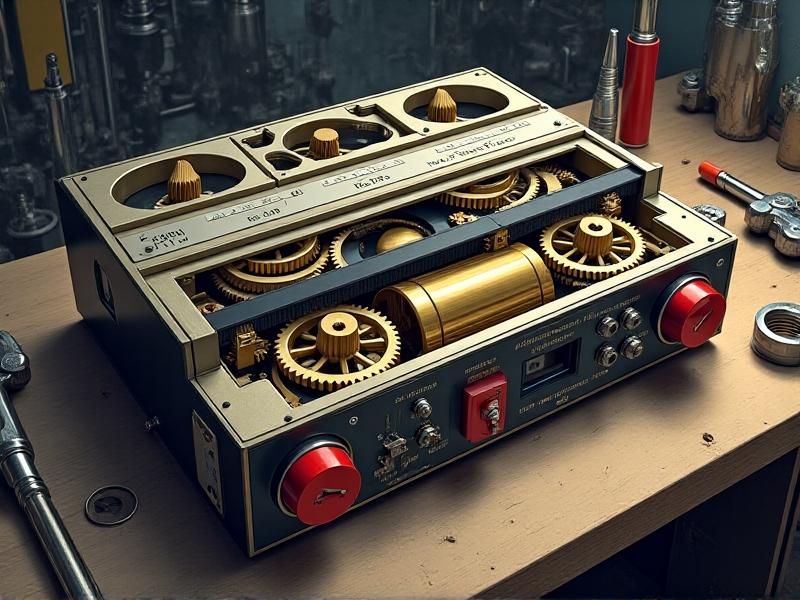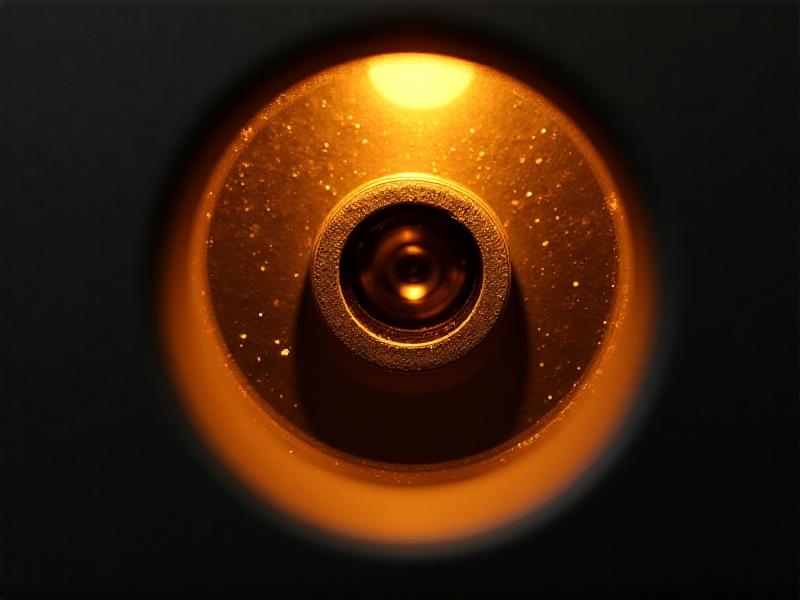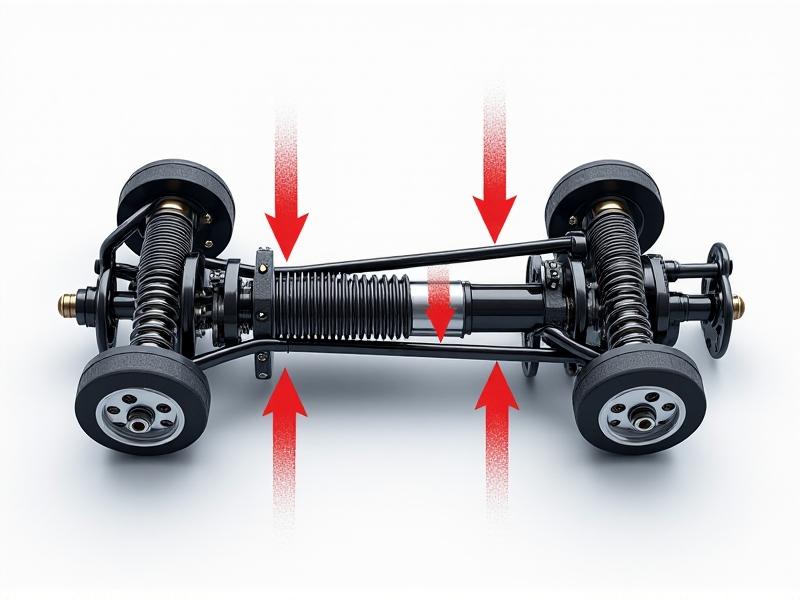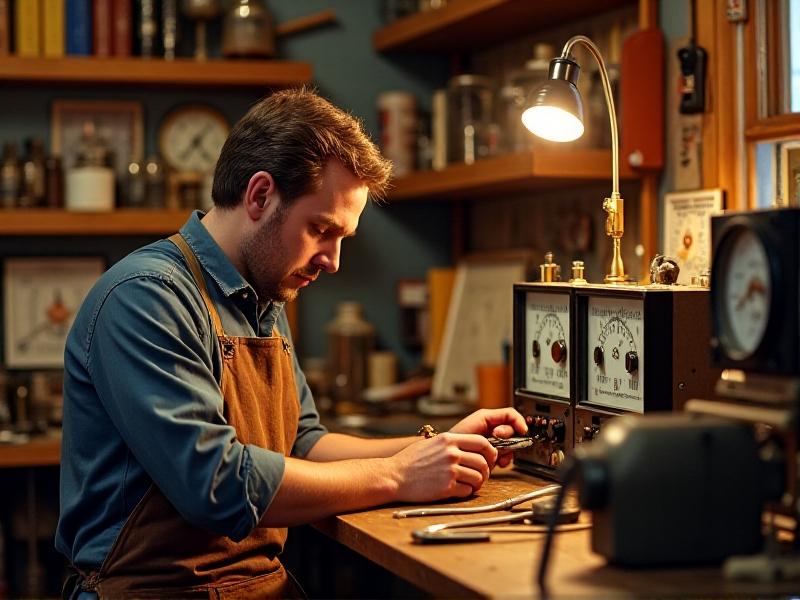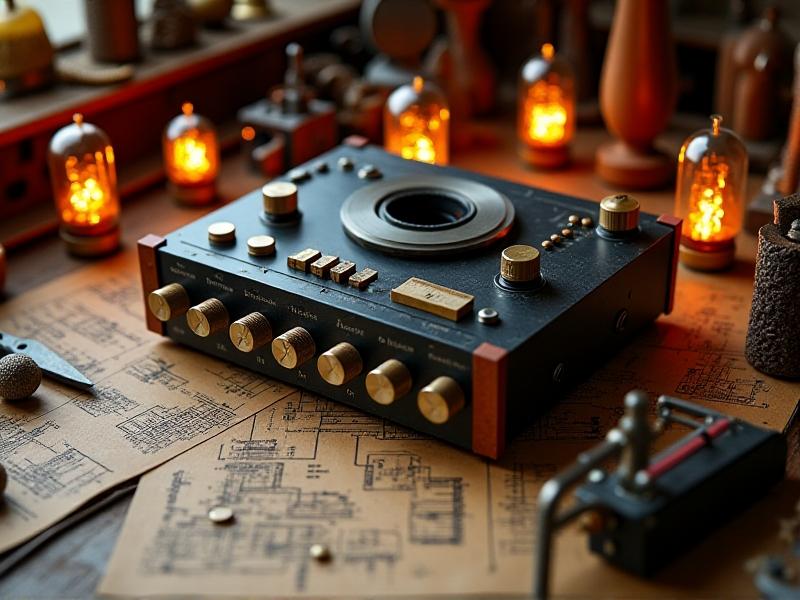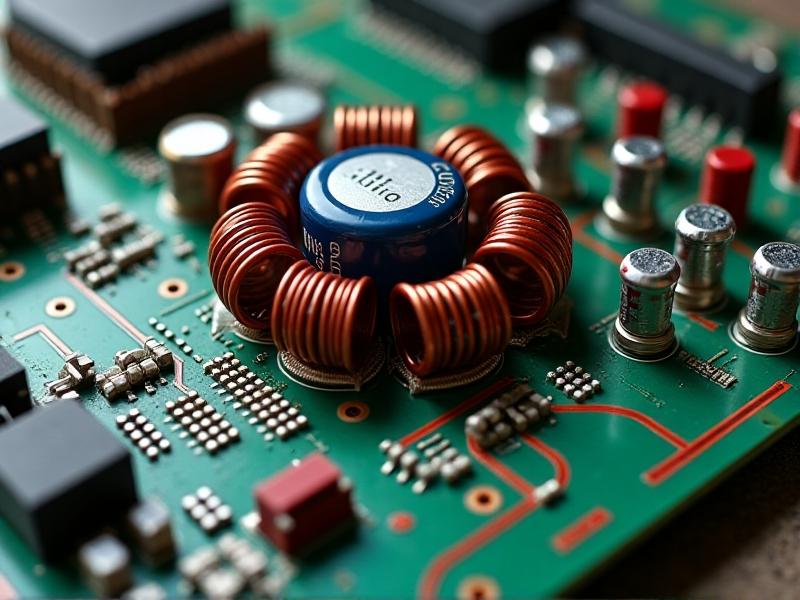Auto-Return Mechanism Troubleshooting
Understanding Auto-Return Mechanisms: Core Concepts and Applications
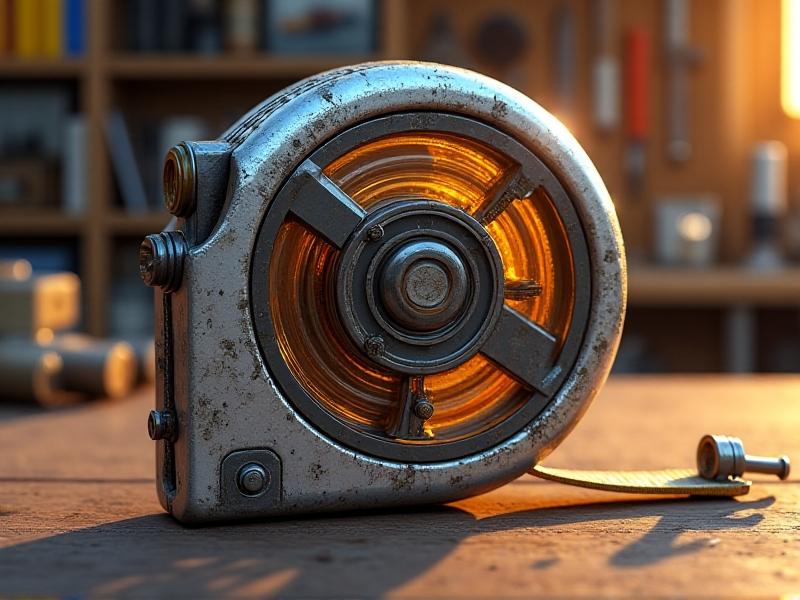
Auto-return mechanisms are engineered to restore moving parts to their default position after completing a task. These systems rely on a combination of mechanical and electrical components, such as springs, gears, motors, or sensors, depending on the device. Common applications include tape measures, power windows, reclining chairs, and industrial machinery. For example, a tape measure uses a coiled spring to retract the blade, while a car seat’s auto-return feature might employ a motorized actuator. Understanding how these components interact is critical to diagnosing issues effectively.
While designs vary, most mechanisms share foundational principles. Mechanical versions often use tension springs or counterweights, whereas electrical systems integrate programmable controllers and proximity sensors. Wear and tear, environmental factors, or improper use can disrupt these delicate interactions. Recognizing the type of auto-return system in your device is the first step toward targeted troubleshooting.
Recognizing Common Symptoms of Failure
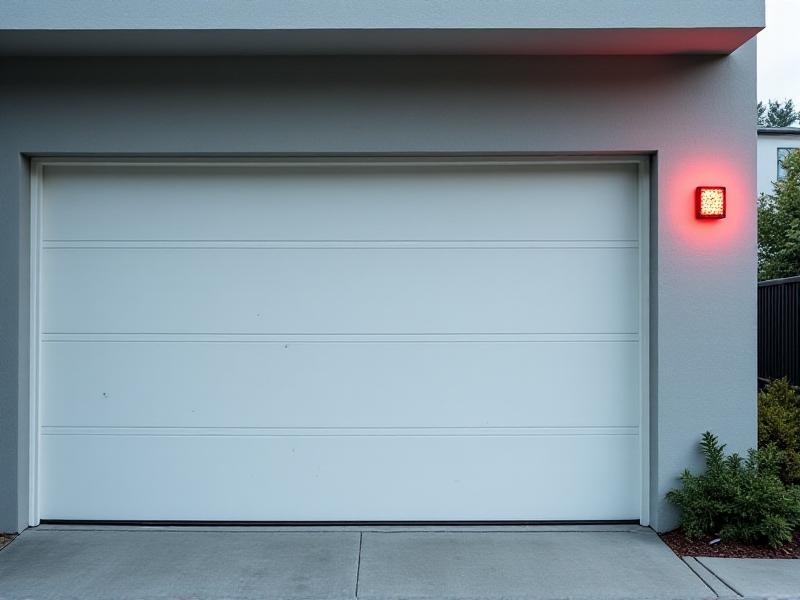
Auto-return failures manifest in predictable ways. Devices may stall mid-cycle, return partially, or exhibit delayed responses. Unusual noises—grinding, clicking, or whirring—often signal mechanical stress. For example, a tape measure that retracts sluggishly might have a worn spring, while a garage door that reverses unexpectedly could indicate misaligned sensors. Intermittent operation, where the mechanism works sporadically, may point to electrical shorts or loose connections.
Ignoring early warnings can exacerbate problems. A chair that struggles to recline smoothly might eventually jam entirely, requiring costly repairs. Documenting symptoms—when they occur and under what conditions—helps narrow down potential causes. Is the issue consistent or triggered by specific actions? Does it worsen over time? This data streamlines the diagnostic process.
A Systematic Approach to Diagnosing Issues
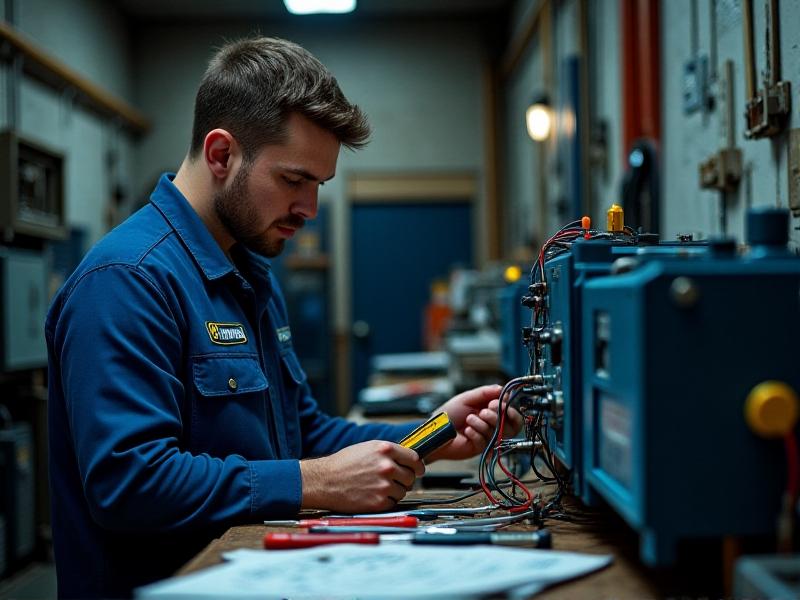
Begin troubleshooting with safety: disconnect power sources and secure moving parts. Next, replicate the problem. Manually operate the mechanism to feel for resistance or misalignment. Inspect visible components for obstructions—dust, debris, or corrosion—that could impede movement. For electrical systems, check for blown fuses or tripped circuit breakers. Use a multimeter to verify voltage levels at critical points like motors or sensors.
Isolate subsystems to identify the fault. If a power window fails to auto-return, test the motor independently from the regulator. Listen for hums or clicks that suggest power is reaching the motor but not translating to motion. Methodically eliminating variables prevents oversights and ensures efficient repairs.
Addressing Mechanical Wear and Tear
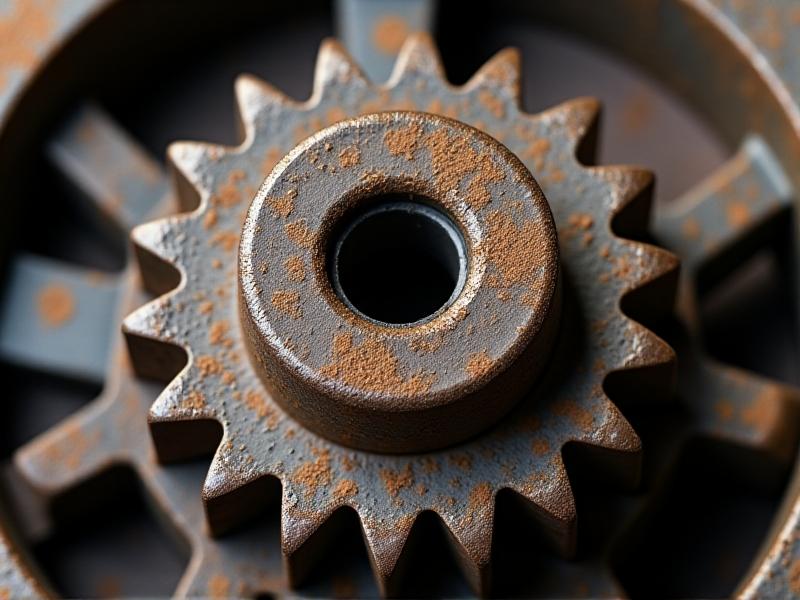
Mechanical failures often stem from degraded components. Springs lose tension, gears strip teeth, and lubricants dry out. Disassemble the mechanism cautiously, documenting each step to aid reassembly. Replace distorted springs or cracked pulleys with OEM parts to ensure compatibility. Apply silicone-based lubricants sparingly to joints and bearings—over-greasing attracts grime.
In devices like recliners, inspect the scissor mechanism for bent rods. Straighten minor deformities with pliers, but replace severely damaged parts. For tape measures, recoiling the spring requires patience: secure the outer casing while feeding the blade back incrementally. Always wear protective gloves to avoid injury from sudden releases.
Resolving Electrical and Sensor-Related Problems
Electrical faults frequently involve broken wires, faulty sensors, or motor burnout. Test continuity across wires using a multimeter, paying attention to flex points that endure repeated bending. Clean infrared or laser sensors with isopropyl alcohol to remove dirt obstructing signals. Realign optical sensors on garage doors so their lenses face each other directly.
If a motor runs hot but doesn’t drive the mechanism, the issue could be a seized gearbox or faulty capacitor. Replace capacitors matching the original microfarad rating. For programmable systems, reset control modules to factory settings and recalibrate travel limits according to the manufacturer’s guidelines.
Calibration Techniques for Optimal Performance
Calibration restores accuracy to auto-return systems. For mechanical setups, measure tension with a spring scale and adjust until resistance matches specifications. In motorized systems, use software interfaces to fine-tune stop positions. For example, garage door openers often have “travel limit” screws that adjust how far the door moves before reversing.
Sensor calibration might involve positioning reflective tapes or aligning emitters with receivers. Document adjustments incrementally—minor tweaks can have significant effects. After recalibration, cycle the mechanism multiple times to confirm consistency across operations.
Implementing Preventative Maintenance Routines
Proactive maintenance extends the lifespan of auto-return systems. Schedule monthly inspections of mechanical parts for wear, lubricating joints and pivots as needed. Keep sensor lenses clean and free of obstructions. In dusty environments, install protective covers or air filters to minimize contamination.
Monitor electrical connections for corrosion, especially in humid climates. Apply dielectric grease to connectors to prevent oxidation. For high-use devices like office chairs, tighten loose screws and bolts during routine checks to maintain structural integrity.
When to Involve a Professional Technician
While many issues are DIY-friendly, some demand expert intervention. Complex electrical diagnostics, firmware updates, or replacing integrated control boards often require specialized tools and knowledge. If troubleshooting steps yield no improvement—or risk voiding warranties—contact authorized service providers.
Professionals also handle hazardous repairs, such as dealing with high-tension springs in industrial presses or high-voltage motor systems. Their expertise ensures safety and compliance with industry standards, preventing costly mistakes or accidents.
Lessons from Real-World Repair Scenarios
A homeowner’s garage door reversed immediately after closing due to misaligned sensors. Realigning the sensors ¼ inch higher resolved the issue. In another case, a factory’s conveyor belt auto-return failed because metal shavings jammed the gearbox—installing a magnetic filter prevented recurrence. These examples underscore the value of methodical diagnosis and context-specific solutions.
Innovations Shaping the Future of Auto-Return Systems
Emerging technologies are making auto-return mechanisms smarter and more durable. IoT-enabled sensors now provide real-time performance data to predictive maintenance apps, alerting users to anomalies before failures occur. Self-healing polymers reduce friction and wear, while brushless motors improve efficiency in high-cycle applications.
Advancements in machine learning allow systems to adapt to usage patterns, optimizing return speeds and force. These innovations promise longer service intervals and reduced downtime, transforming how we maintain automated systems.
